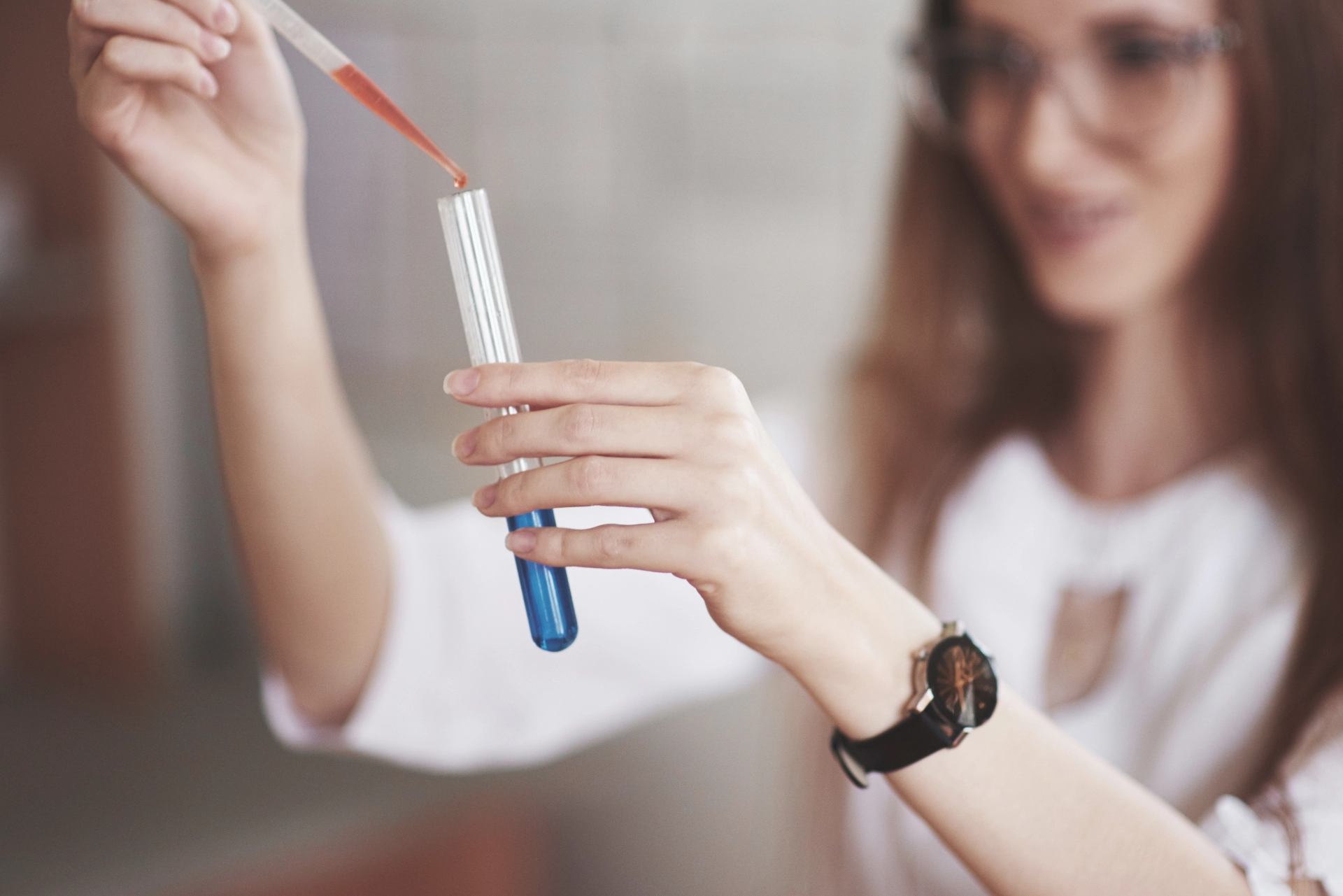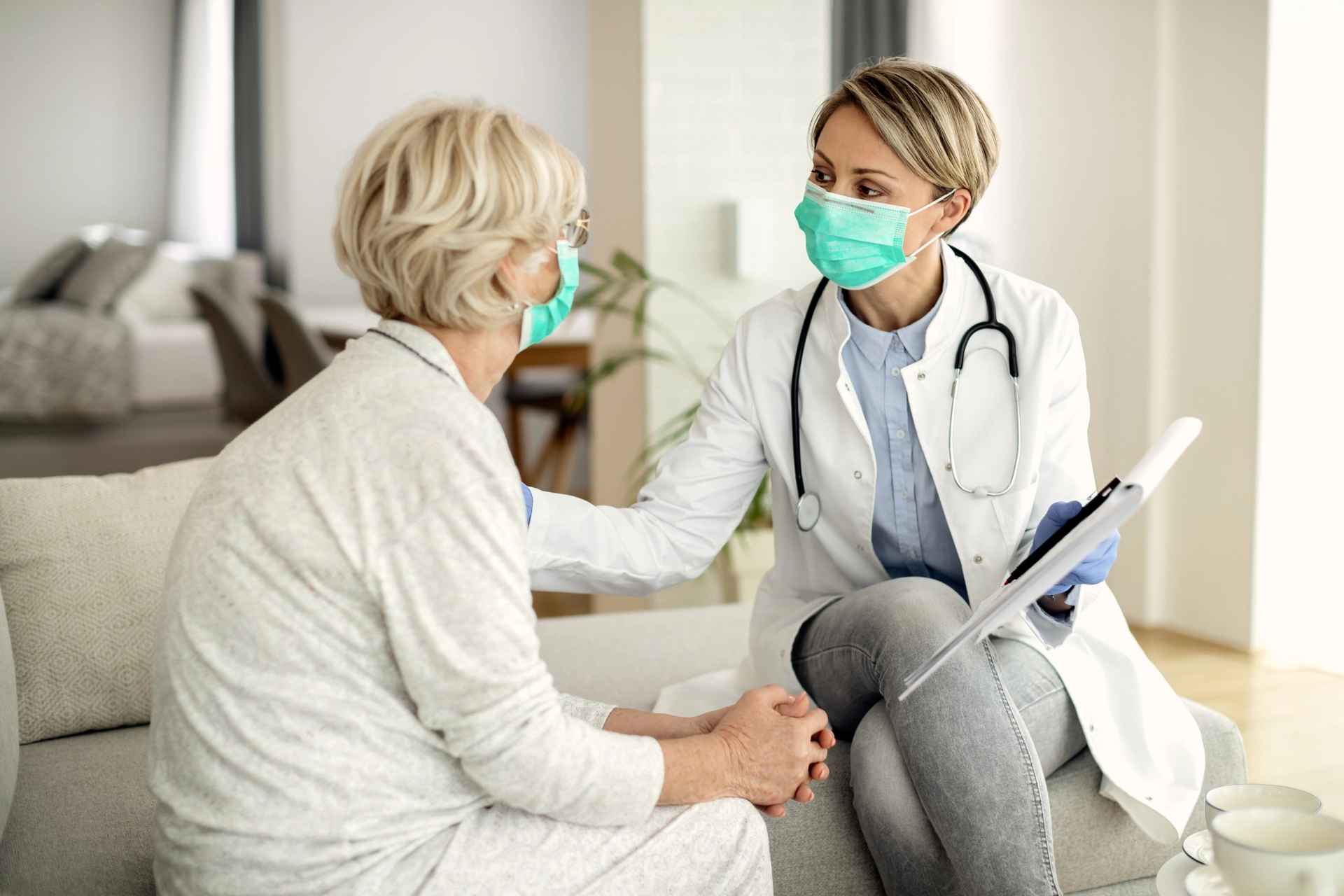Relapsing polychondritis is a rare but serious disease in which the body's immune system mistakenly begins to attack its own cartilaginous tissue. Cartilage is the flexible material that forms our ears, nose, certain joints, the trachea, and even parts of the heart. When this tissue is damaged, inflammation, pain, and changes occur.
The disease is called relapsing because it usually progresses with recurring episodes: there are times when the disease is active, and then it weakens or almost disappears. After this calm period, inflammations may appear again.
What are the main signs?
Most often, the disease first affects the
cartilage of the ears
. A characteristic feature is unilateral or bilateral damage to the outer ear. The ear becomes red, painful, and swollen, while the earlobe usually remains unaffected. Many patients describe that their ears burn or hurt even when touched. It may lead to the development of "soft ears" or a "cauliflower ear" appearance.
The next common symptom is inflammation of the
nasal cartilage
. The nose may become red, painful, and over time deformed, creating the so-called "saddle nose" appearance.
Another symptom is damage to the throat, trachea, and bronchi, which is also quite common. Unlike other symptoms, this one can be life-threatening by causing softening of the tracheal rings, known as chondromalacia. This can lead to critical narrowing of the trachea—stenosis—and result in suffocation. Patients may develop hoarseness, shortness of breath, ineffective dry cough, and pain in the front of the neck.
The disease can also affect the joints. A characteristic feature is damage to the cartilaginous connections of the sternum, which causes chest pain. Peripheral joints may also be affected, leading to swelling and pain.
Among the relatively rare symptoms are inflammatory eye diseases, up to blindness; skin manifestations such as various rashes, nodules, ulcers; hematopoietic system disorders leading to aplastic anemia; and genitourinary involvement, up to renal failure.
These symptoms are much rarer than the main ones (ears, nose, and airways), but their occurrence can make the disease life-threatening.
There are no specific laboratory or special tests for this disease; diagnosis is based on a combination of clinical signs and examinations.
Laboratory tests
show no specific markers. A complete blood test may reveal elevated inflammatory markers, anemia, or leukocytosis.
Instrumental studies
include CT and MRI to assess airway damage.
Biopsy
is sometimes used but is not always conclusive.
Considering the difficulty of diagnosing this disease, unfortunately, patients often reach rheumatologists too late. They are treated by ENT specialists, pulmonologists, ophthalmologists, therapists, and are referred to rheumatologists at rather advanced stages of the disease. Therefore, close collaboration among narrow specialists is very important for the patient’s benefit.






